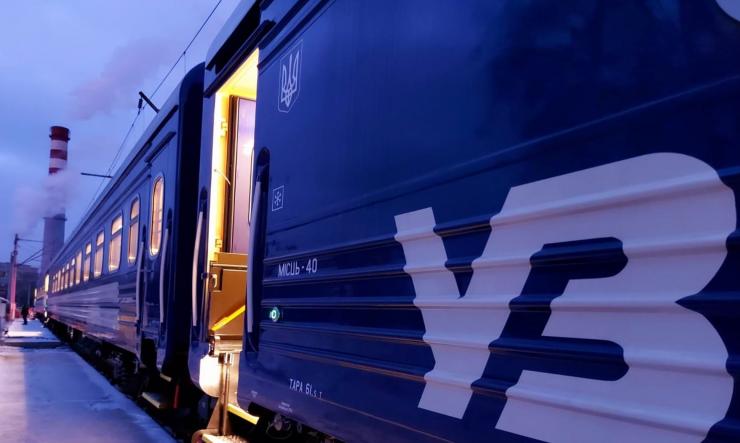Creating an automated procurement system for military administrations in the first weeks of war: IT-Enterprise explains

Since March 2022, over 2000 payments requested by regional military administrations (RMAs) have been made in Ukrzaliznytsia’s automated Treasury system from IT-Enterprise. In total, these transactions amount to UAH 5,370 mln.
An emergency procurement algorithm has become a lifeline for a number of Ukrainian companies that have recently been able to resume or boost operations. Already the first days of March marked a launch of a comprehensive automated system for cashflow management, just a week after the full-scale russian invasion into Ukraine. This process involved experts from regional military administrations (RMAs), ministries and Ukrzaliznytsia, the nation-wide railway company.
As the outbreak of war affected the entire country and put businesses at a standstill, the national economy found itself in desperate need of reloading. And the first effort in this direction was public procurement enabling key enterprises to restart operations and continue the supply of goods that are vitally important in wartime. The automated system made it possible to quickly place orders and pay for them with maximum transparency.
“Just a few days into the invasion we received the task to develop this automated system as soon as possible,” reveals Oleg Shcherbatenko, CEO at IT-Enterprise.
“The team was so dedicated that 10–12 people on our side were in fact working non-stop. They’d put the project aside only to have a few hours of sleep or join the cyberresistance forces by mounting DDOS attacks on the enemy’s servers.”
“Ukrzaliznytsia’s team of professionals was working 24/7 and doing everything possible and beyond to implement these critical processes into life. Experts from the regional administrations and ministries also showed maximum involvement. So, the automation was done within an incredibly short time – less than a week – thanks to the persistence of every single participant and the digital maturity of the parties, which had already abandoned paper-based document management and built a basis for process automation. In some respects, this case study is a true milestone, but back then we weren’t giving it much thought and just did what we had to.”
“This solution ensured that no matter how geographically distributed the customers and payers were, we still managed to organize a smooth online workflow to supply people with food and medication even in warzones,” adds Mykola Hrynenko, Deputy Head of Procurement at Ukrzaaliznytsia.
At the moment, the payment process is the following:
- The customer RMA generates a payment order in Ukrzaliznytsia’s system based on the supplier’s invoice (structured format).
Each RMA is assigned state-regulated payment limits with regard to the ministries concerned. No payment order exceeding the limits is allowed for entry. - The customer signs the payment order with a qualified electronic signature (QES). After that, the respective ministry checks the order and approves it, also using a QES.
The ministries and other participants in the process can manage these operations either in the web interface or the mobile application to ensure timely payment acceptance. - Further, the payment order follows the approval route according to Ukrzaliznytsia’s inner regulations with the automatic budgeting control.
Each order’s status is constantly visible online, so the responsible persons in RMAs can see the current processing stage of each payment. - After payment, the customer’s back office displays the confirmation. The RMA’s representative can now publish this information in one click on the ProZorro public procurement platform via SmartTender.biz.
- The system generates daily reports on the status of registered, confirmed and paid invoices. These reports will then be submitted to the Office of the President of Ukraine.
The procedure of public procurement for the needs of the state under martial law is stipulated in Decree No. 185 adopted by the Cabinet of Ministers of Ukraine on March 2, 2022. The document sets forth the terms and conditions of procurement for food products, packaging goods and materials, fuel, medicine, vaccines, medical products and equipment, and construction materials for first-priority repair work on the sites damaged in the course of warfare.
Procurement of such products is carried out under trilateral agreements, where the prospective customer may be an RMA or central executive authorities, while Ukrzaliznytsia acts as the payer using state funding. At the same time, the range of suppliers, prices, procurement volumes and advance payment terms are to be defined (depending on the product group) by the Ministry of Agrarian Policy, Ministry of Health, Ministry of Energy, Ministry of Economy and Minregion.
In April, the Cabinet of Ministers of Ukraine introduced amendments to Decree No. 185 of March 2, 2022, to oblige customers to make a public announcement about the procurement results no later than 5 days after the product price approval. To fulfill this requirement, the development team implemented the ability to make a one-click announcement directly from the billing system.